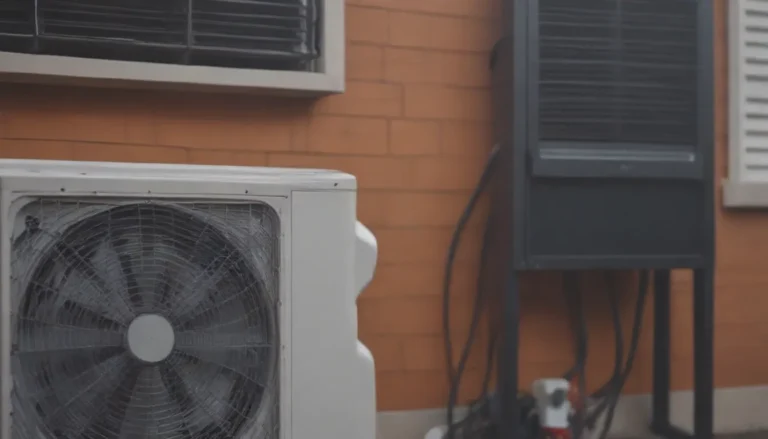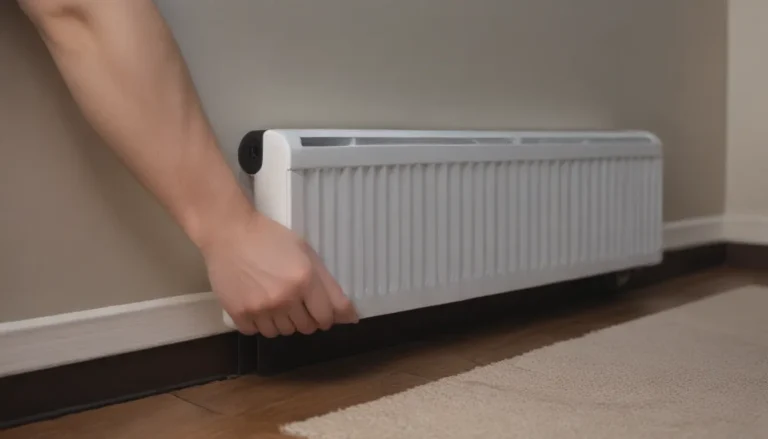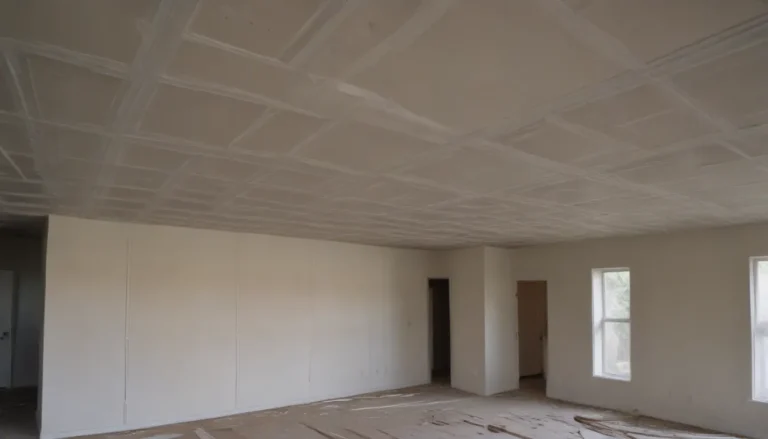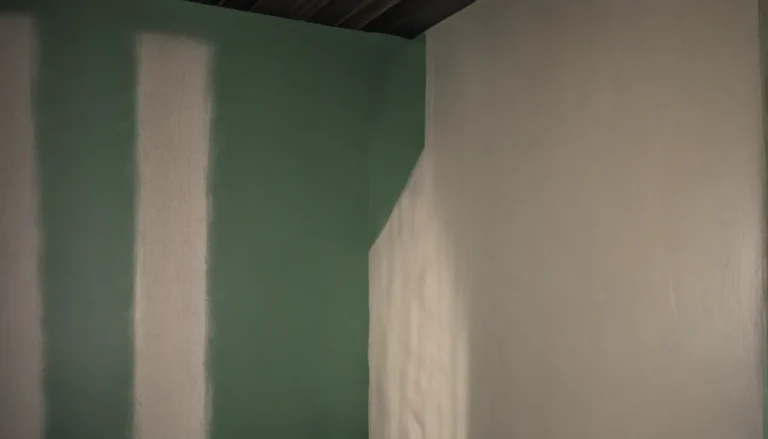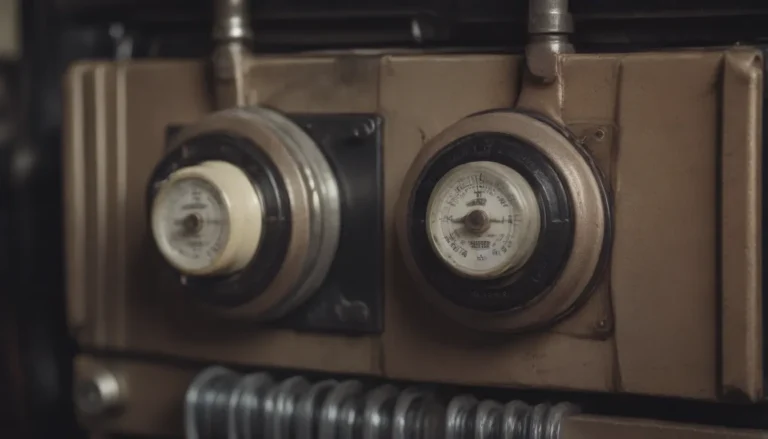Everything You Need to Know About Marine-Grade Plywood
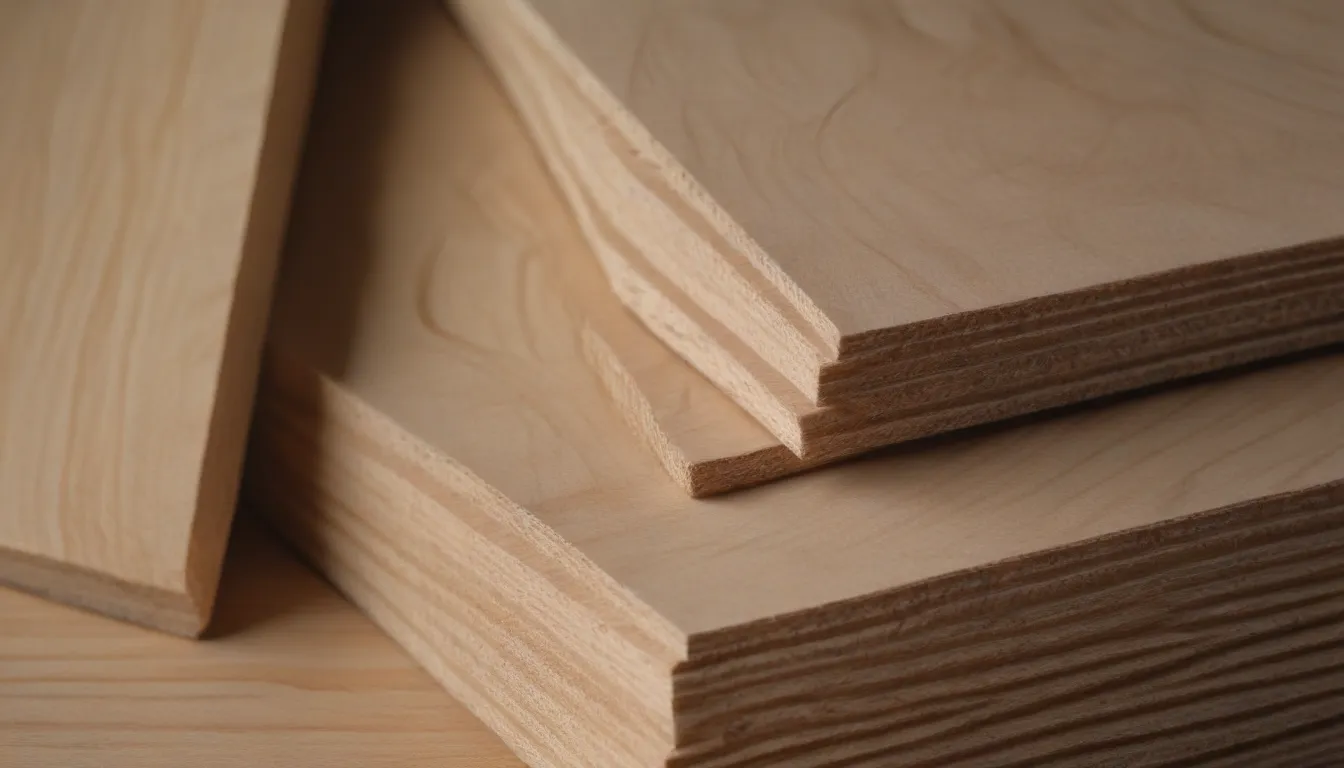
Are you considering using marine-grade plywood for your next building project but aren’t quite sure what it is or how it differs from standard plywood? Look no further! In this comprehensive guide, we’ll delve into the world of marine-grade plywood, exploring its characteristics, uses, and benefits. By the end of this article, you’ll be equipped with all the knowledge you need to make informed decisions when working with marine-grade plywood.
What Is Marine-Grade Plywood?
Marine-grade plywood is a top-tier hardwood plywood that is specially crafted with waterproof glue. While it may not be completely waterproof, it does boast impressive water-resistant properties, making it an ideal choice for exterior projects in coastal regions. This type of plywood is constructed from multiple layers of high-quality wood, offering strength, durability, and minimal defects. When properly maintained, marine-grade plywood can last anywhere from 15 to 25 years, making it a valuable investment for your projects.
Marine-Grade Plywood vs. Standard Plywood
Marine-Grade Plywood
- Made from five layers of high-quality wood
- Constructed with waterproof glue
- Features hardwood veneer plies for added strength
- Cross-laminated for enhanced durability
- Resistant to moisture, humidity, and high temperatures
Standard Plywood
- Comprised of three layers of wood
- Uses non-waterproof glue
- Typically contains softwood like pine or Douglas fir
- Possesses voids or holes in the interior layers
- Less dense and not as durable as marine-grade plywood
Types of Marine-Grade Plywood
When it comes to marine-grade plywood, you have several grades to choose from, each offering different levels of quality and performance:
– A-A
– A-B
– B-B
– HDO
Pros and Cons of Marine-Grade Plywood
Before you decide to use marine-grade plywood for your project, it’s essential to weigh the pros and cons:
Pros
- Durable and long-lasting (up to 20 years)
- Water-resistant properties
- Attractive surface finish
- Resistance to termites and ants
Cons
- Higher cost compared to standard plywood
- Harder to cut and work with
- May contain chemicals
- Not as readily available as standard plywood
How to Protect Marine-Grade Plywood
To ensure the longevity of marine-grade plywood, it’s crucial to apply a protective finish that can withstand moisture and environmental elements. Consider using a clear penetrating epoxy sealant, which offers excellent water resistance and requires minimal maintenance in the long run.
Do You Need Marine-Grade Plywood?
If you’re working on a boat, nautical structure, or any project that will be exposed to moisture, marine-grade plywood is a must. While it may come at a higher price point, the durability and resistance it offers make it a worthwhile investment. However, if you’re looking for alternative options, pressure-treated lumber or naturally decay-resistant wood species like redwood, cedar, or cypress can also be viable choices for moisture-prone projects.
In conclusion, marine-grade plywood is a high-quality material that is well-suited for a variety of exterior applications, especially in challenging environments like coastal regions. By understanding its characteristics, uses, and benefits, you can make informed decisions when choosing the right plywood for your projects. Next time you embark on a building endeavor, consider marine-grade plywood for lasting durability and performance.
